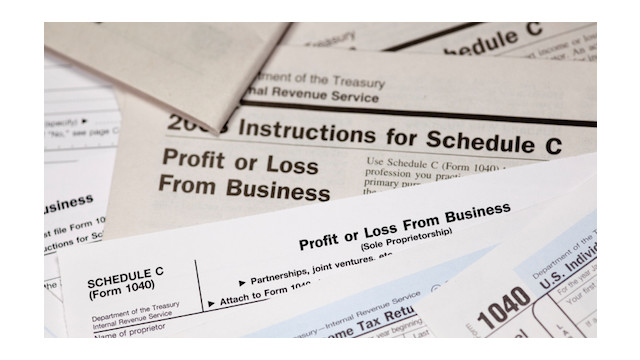Insights Into Section 199A Operational Rules
Aug. 21, 2019

Section 199A can be a gold mine for owners of pass-through entities and sole proprietors. Thanks to this provision authorized by the Tax Cuts and Jobs Act (TCJA), a qualified taxpayer can annually deduct up to 20% of its qualified business income (QBI), effective for 2018 through 2025. But the TCJA deduction is fraught with numerous twists and turns, so you have to dig deeper.
At least the IRS provided has provided some clarity in final regulations issued last year. Additional guidance is expected soon.
To claim the 20% deduction, a qualified taxpayer must be legitimately engaged in a trade or business. Under the new regulations, the taxpayer must demonstrate, based on all the facts and circumstances, that he or she is regularly and continuously engaged in the business activity, with the primary purpose of making a profit. A self-rental (where the taxpayer rents or leases its real estate or other assets to its operating business) is treated as a trade or business if the rental is made to a trade or business by the individual or a commonly controlled pass-through entity.
For taxpayers above certain income limits, the maximum 20% deduction is limited to the greater of (1) 50% of W-2 wages from the qualified trade or business or (2) 25% of W-2 wages plus 2.5% of the basis of qualifying property. Multiple trades or business may be aggregated if they meet certain requirements. This allows taxpayers to combine W-2 wages and qualifying property to arrive at a bigger deduction.
The new final regulations clarify that qualified property is tangible property subject to depreciation, but land and inventory do not count. Taxpayers use their share of the “unadjusted basis immediately after acquisition” (UBIA) in computing the limit. UBIA is generally established by the basis on the date the property is placed in service. Other special rules applying to like-kind exchanges and involuntary conversions may come into play.
Furthermore, the proposed regulations allow Section 743(b) adjustments to qualify for UBIA purposes. (Section 743 adjustments arise when one partner purchases a partnership interest from another partner.) On the other hand, Section 734(b) basis adjustments occurring when a partnership redeems a partner for excess payments don’t result in an increased UBIA.
The TCJA requires the maximum 20% Section199A deduction to be reduced down to zero for taxpayers who provide services in a “specified service trade or business” (SSTB). This includes the fields of health, law, accounting, actuarial science, performing arts, consulting, athletics, financial services, brokerage services, investing and investment management, trading, dealing and any other trade or business where the principal asset is the “reputation or skill” of its employees or owners.
Note that the regulations modify the definition of services in the health field by removing the requirement that medical services be provided directly to the patient. This change could affect a number of medical practitioners like radiologists. Conversely, owners of health clubs and spas aren’t affected by the SSTB.
Under a special de minimis rule, a business with $25 million or less in gross receipts isn’t treated as an SSTB if less than 10% of its gross receipts come from personal services. The threshold is 5% for businesses with gross receipts above $25 million.
Notably, the final regs also deter the practice known as “cracking.” This is the name that has been given to methods of diverting QBI from an SSTB to a non-SSTB that qualifies for the QBI deduction. For example, the regulations prohibit a deduction for any business with 50% or more common ownership providing 80% or more of its property or services to an SSTB.
This is just the tip of the iceberg. Familiarize yourself with the final regs to determine the implications for your business clients.
